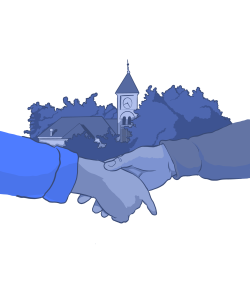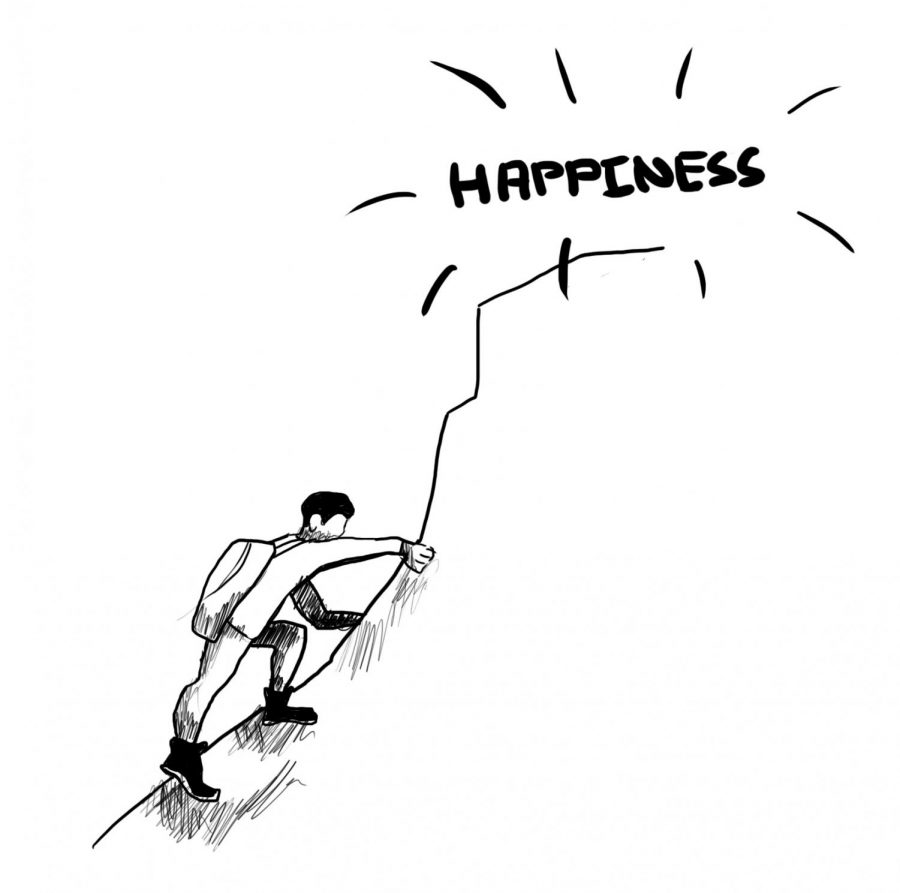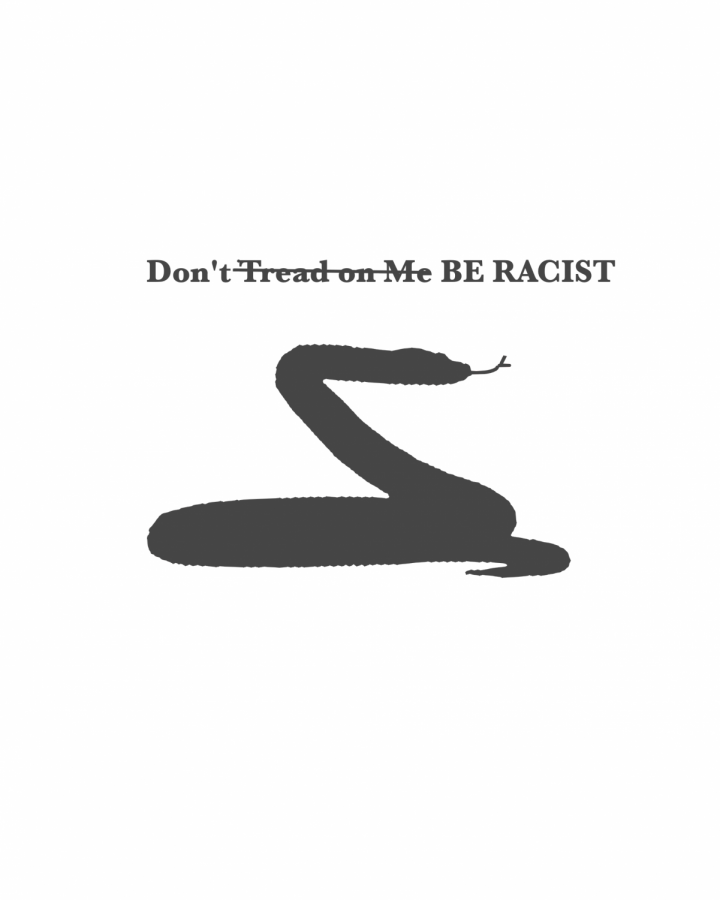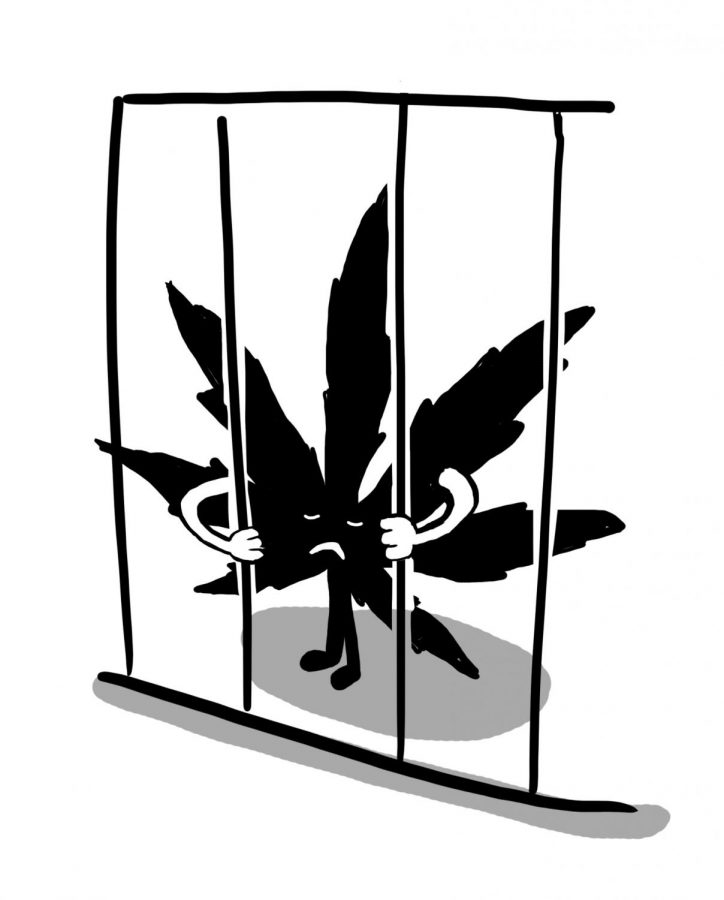When was the last time you saw a homeless person? On TV? Do they even exist in this day and age? Well, not in America, the land of the free and soon-to-be-rich, right?
I personally have seen homeless people in two places this last year, in Washington D.C. over the summer and in Portland, Ore. this fall.
Washington D.C., our nation’s capital, the site where corporate lobbyists and political idealists come together, is a fitting symbol for America.
On the west side, there’s the Georgetown neighborhood with its trust funds and yuppies. On the east side, there’s systemic poverty with neighborhoods full of the poor, downtrodden, and the invisible.
You can guess which side of town is more “diverse.” Like America, the gap between the two sides of town persistently increases despite anti-poverty slogans to the contrary. The middle class becomes more and more of an empty fiction repeated ad nauseam.
Portland, a place most of us at Whitman are probably familiar with, represents a liberal ideal. No urban sprawl, lots of trees, hippies, and organic loving bicyclists, Portland is where most liberals my age dream of living. Solidly democratic and significantly left of center, Portland’s homeless should be non-existent.
At Portland, I attended a concert with an assortment of goth rockers, kids my age, aging hippies, and everyone in between. Occasionally, we’d go outside to take a break from the sweating bass and mesmerizing light shows.
To my surprise, outside the venue doors awaited dozens of homeless people. Every one of them asked for money so they could stay in a hostel for the night. Polite, articulate, and benign, they asked for money from lucky and surprised college kids.
What a jarring juxtaposition. Inside the doors: hot, ecstatic, music with a guy in a giant mouse costume mixing beats and modulating bright lights. Outside the doors: rain, wind and deprivation. Inside the doors: young, hip, cool, carefree fun. Outside the doors: the line between cold and warmth.
Did the men outside the doors exist at all? I don’t remember their names and they didn’t venture forward to tell me their past. That’s the scary thing: being homeless doesn’t seem to be a mere fact of material deprivation but a sort of erasure from social life.
Even worse, aren’t the homeless stigmatized? They could be criminals, crazy people, and worst of all, a symbol for the dark underside of capitalism. If the rising tide is supposed to lift all boats, then are homeless people those who went overboard? Nobody bothered to throw them a life jacket.
In this me-centered culture where we’re all competing to get ahead and “make it”, there’s no room in our vision for the homeless.
Many of them have mental illnesses or have substance abuse issues. And our response is disgust? Disdain? Or “thank god I’m not…”?
The Congressional Research Service put the number of homeless in the U.S. between 600,000 and 2.5 million in 2005, although the number is probably higher since the homeless don’t exactly take the census that often.
So, let’s take a ballpark figure of 3 million. That’s 1 in every 300 people we meet. Well not true because most of us in our everyday lives never see them. That’s the problem. How can homelessness be a problem if we never see it? Or if we are unwilling to see it? This isn’t even a problem of the Whitman bubble but of the American bubble. Our conception of America excludes those on the outskirts just as the Whitman bubble ignores Whitman’s surrounding community.








